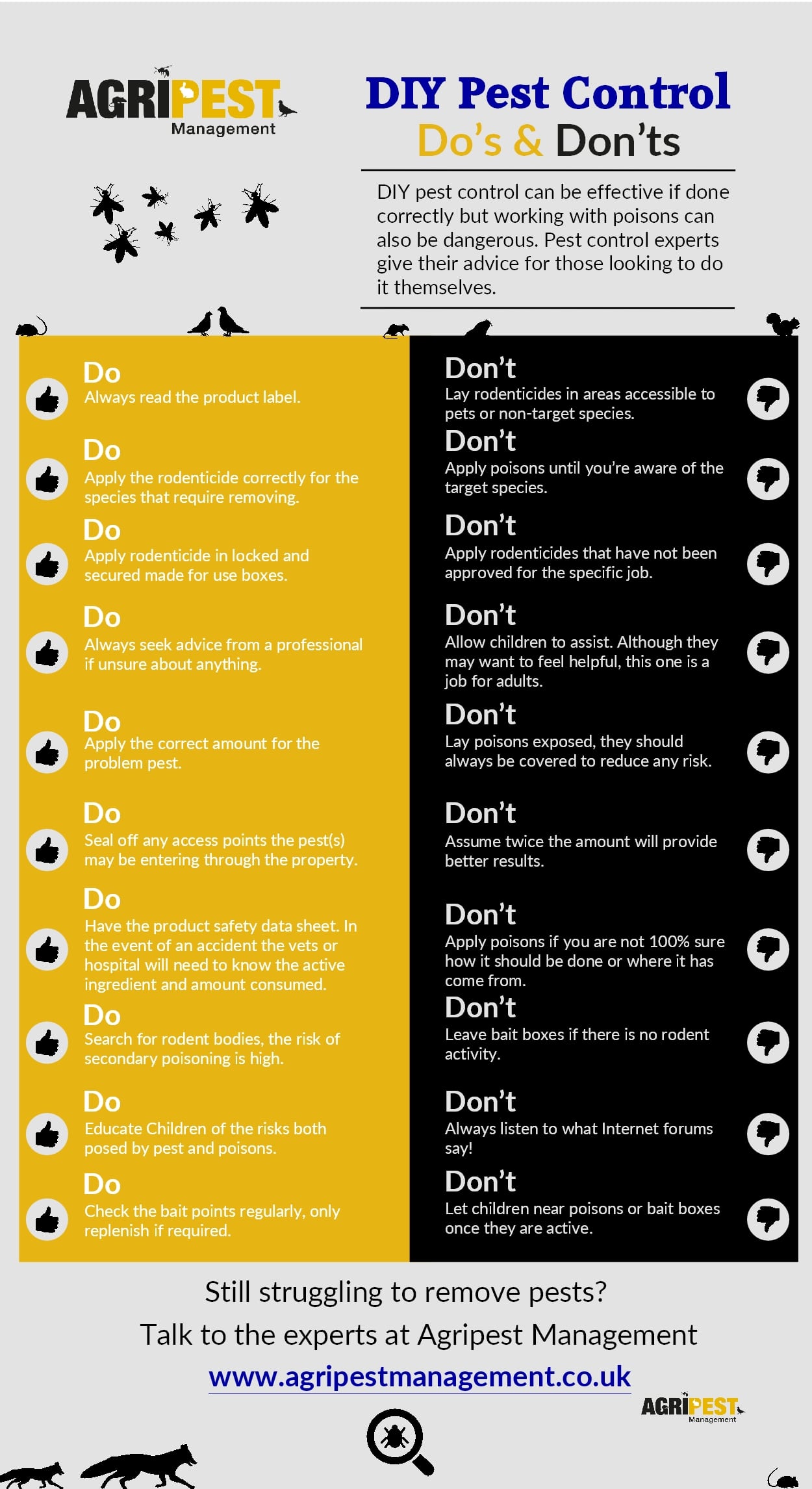Taking Care Of Rodent Infestations: Insights Into Rat Psychology
Taking Care Of Rodent Infestations: Insights Into Rat Psychology
Blog Article
Read Home Page -Lorenzen Avery
When it concerns rodent control, comprehending usual rodent actions is key to properly managing problems. Did you know that rodents have some interesting nesting habits that might surprise you? By discovering their detailed behaviors, you can acquire important understandings into just how to tackle rodent issues in a more critical and effective way. So, allow's untangle the secrets behind these creatures' activities and learn just how to outsmart them in your rodent control initiatives.
Rodent Nesting Habits
When observing rodents in their all-natural habitat, you'll observe that they actively seek products to construct their nests. Rats, such as mice and rats, are resourceful creatures that utilize a variety of items like twigs, leaves, paper, and material to construct their homes. They're thorough in their nest-building procedure, typically lining their nests with softer products like fur or plumes to develop a relaxing setting.
Rodents choose to build their nests in hidden and secure areas to protect themselves and their young from killers. Usual nesting areas consist of wall dental caries, attics, cellars, and even within insulation products. By constructing their nests in these remote locations, rats can securely increase their spawn far from potential dangers.
It is necessary to recognize the nesting habits of rodents when carrying out control measures. By disrupting their nests or getting rid of materials, you can dissuade rodents from establishing an existence in your home or property. Appropriate cleanliness and sealing entry factors are additionally crucial action in stopping rodent invasions.
Rodent Feeding Patterns
After observing rats' nesting routines, it ends up being evident that their feeding patterns play a critical role in their every day lives and behaviors. Rats, consisting of computer mice and rats, are opportunistic feeders, meaning they'll take in whatever food resource is readily offered. They're mostly nighttime animals, choosing to forage for food throughout the cover of evening to prevent predators.
Rodents have a varied diet plan, varying from grains, seeds, fruits, and vegetables to pests, nuts, and also little animals. This versatility in their food options allows them to thrive in different environments, including city locations where human food resources are bountiful.
Their feeding patterns aren't only driven by cravings but likewise by the demand to accumulate food for times of deficiency. This actions is specifically obvious in preparation for winter months or when nesting. visit this site are understood to hoard food in their nests or burrows, guaranteeing a consistent food supply. Recognizing their feeding patterns is crucial in carrying out efficient rodent control steps to interrupt their food resources and prevent infestations.
Rodent Movement and Travel
Rodents browse their environments with dexterity and stealth, utilizing their eager detects to relocate promptly via their settings. These animals are skilled mountain climbers, able to range wall surfaces and vertical surface areas easily. They can likewise press through surprisingly small openings, making it critical to seal off any potential entrance points in your home.
When it concerns taking a trip, rats tend to adhere to familiar courses, developing routes along walls or skirting the edges of spaces. They're creatures of habit, typically staying with these developed paths as they forage for food or discover their environments.
Rodents are understood for their nocturnal routines, so you may hear them scurrying around at night as they look for food and water. Their movements fast and unpredictable, allowing them to dart in and out of sight in the blink of an eye.
Recognizing just how rats relocate and travel can assist you identify potential invasion areas in your home and take aggressive steps to prevent these parasites from getting a foothold.
Final thought
As you function to manage rats in your home, bear in mind that recognizing their behavior is key. By recognizing their nesting routines, feeding patterns, and activity, you can efficiently avoid infestations.
Together, by taking aggressive actions to get rid of food resources and seal off entry points, you can disrupt their familiar courses and force them to seek new places, ultimately reducing the chance of rodent presence in your space.
